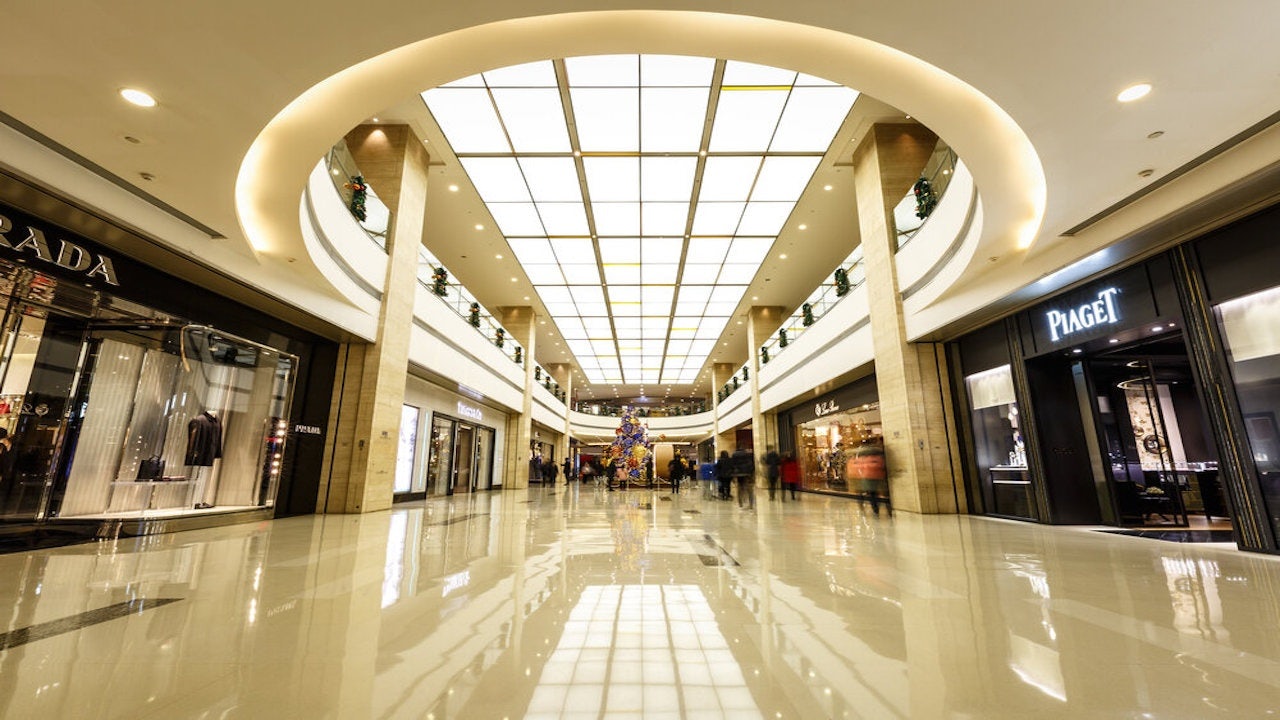The global financial crisis of 2008-2009 was a pivotal moment for the luxury market, with major brands seeing demand and sales decimated in key markets like North America and Europe, and the personal luxury goods market as a whole dropping 9% following years of incremental growth. Having taken their first tentative steps into the mainland China market in the late 1990s and, to a greater extent, after China’s ascension to the WTO in 2001, luxury brands saw the demand-rich Chinese market as a lifeline — which it was.
According to McKinsey & Company, Chinese consumers accounted for around 12% of purchases in the global personal luxury market in 2008, and by 2012 that number had nearly doubled to 21% and almost tripled by 2016 to 32%. Even in the wake of President Xi Jinping’s much-publicized anti-corruption push of 2012, which slammed the brakes on purchases of high-end wine, watches, and jewelry within mainland China, the unleashing of the globetrotting Chinese tourist-shopper on the world stage changed the luxury market forever.
By 2016, mainland Chinese consumers were propping up the bottom lines of major luxury houses worldwide, even after the once-dominant North American, Japanese, South Korean, and European consumers returned to the market in the first years of the 2010s. By 2018, Chinese consumers were spending an estimated RMB 770 billion ($112.7 billion) on personal luxury goods and making 149.7 million overseas trips.
Meanwhile, Chinese overseas travel—- once stereotypically characterized by tour groups unloading from buses for rapid-fire shopping sprees at Parisian department stores or New Jersey outlet malls — shifted at the high end, as affluent, independent travelers sought new experiences (and luxury goods) in locales off the beaten path. Trending younger (27 to 37-year-olds accounted for 31% of outbound Chinese travelers), these tourists placed less emphasis on travel purely for shopping and looked for more personalized experiences, using apps such as Alibaba’s Fliggy to plan trips and make purchases ahead of time, allowing them to replace hours that would otherwise be spent browsing boutiques with more time to explore new cities.
It’s a different luxury market — and China has a very different luxury consumer — now than in 2009, meaning the luxury industry has major cause for concern. Unlike the last global economic crisis, during which brands were able to invest in mainland China boutiques and tap previously untapped demand, the Chinese luxury consumer in 2020 is now far more discerning about brands and how they shop (shifting online and domestically).
A desire to get back out and engage in some high-end retail therapy drove an increase in revenue for major luxury groups in China this spring — LVMH reported a 65% increase in mainland China sales year-on-year for the second quarter despite a 38% decline in the group’s global revenues. But cautious brands are rightly viewing this luxury bump with skepticism, as it was fueled by cooped-up consumers who might not be interested in spending as much time in stores over the course of the rest of the year.
For luxury brands that have seen footfall by Chinese tourists evaporate at important flagship stores in New York, Paris, and Tokyo, the question is how to keep interest high and continue selling in China. For many, it has accelerated plans to experiment with China’s booming e-commerce market — dozens of high-end brands now have official shops on Tmall’s Luxury Pavilion and on JD.com, and are increasing activity on fashion-friendly platforms such as Xiaohongshu and Douyin. Others have taken a more comprehensive content-commerce approach to build brand awareness among the fast-growing millennial and burgeoning Gen Z luxury consumer via brand integrations and sponsorships involving popular cultures, such as reality shows and musical events.
Best-in-class beauty brands such as Shiseido and MAC Cosmetics have been among the most effective at tapping growing marketing avenues like livestreaming e-commerce, and labels like LVMH-owned Loewe have adjusted to the new normal by hosting hybrid online-offline events that tap popular subcultures and launching well-thought-out collaborations with local brands and celebrities.
For luxury brands, China is no longer a market for dumping unpopular inventory or lazily opening new stores and hoping for the best. The market is increasingly young, increasingly domestic (in terms of where style inspiration and influence to buy arises, as well as where to shop), and success is increasingly tied to the strategic use of local platforms such as Douyin, Bilibili, Taobao Live, and many others.
Will Chinese tourists be back, queuing up outside Hermès’ rue du Faubourg flagship? Absolutely. But a greater proportion of Chinese shoppers will be satisfied with making their purchases at one of the brand’s dozens of boutiques in China, such as its splashy Guangzhou flagship, or moving on to other brands in other cities. Brands cannot take anything for granted anymore, and we can expect the post-Covid luxury demand in China to be very different, shaped by the success of some brands at reaching and influencing consumers who stayed at home during extended quarantines and a summer with very limited international travel.

